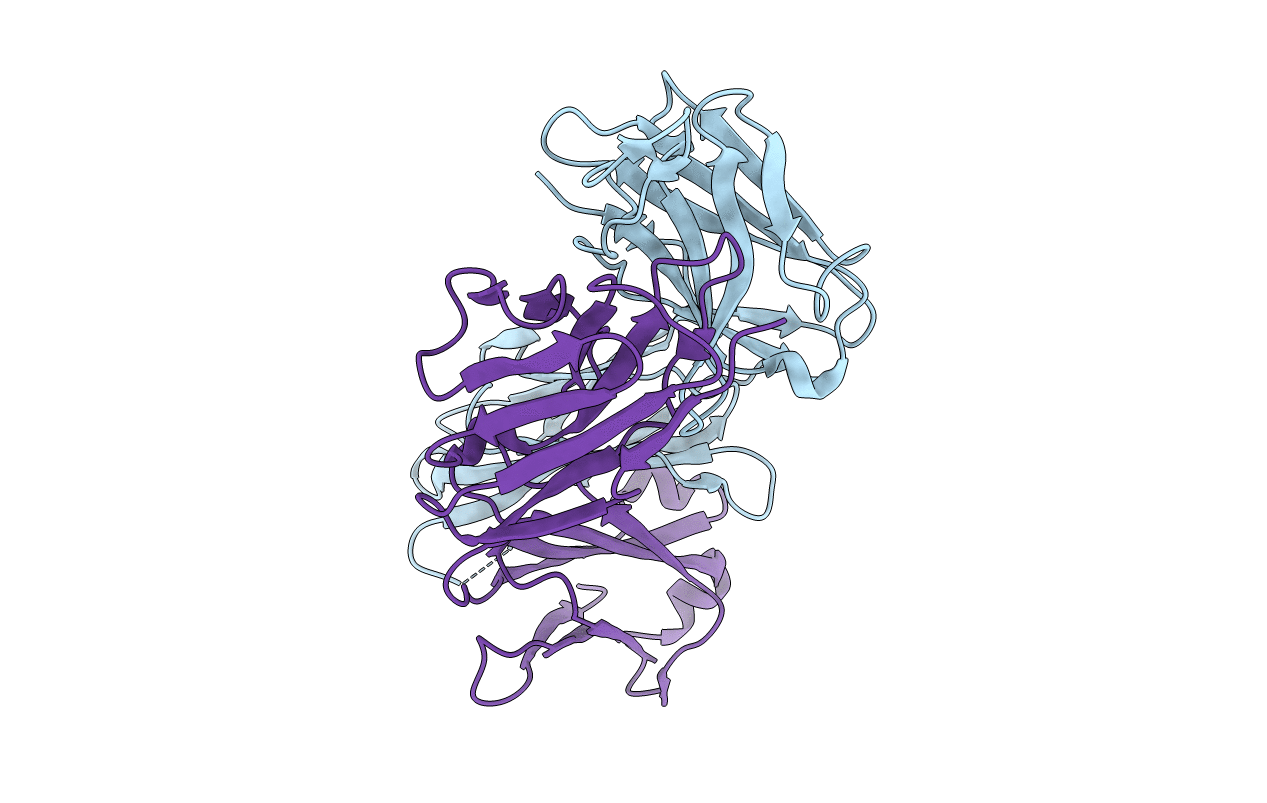
Deposition Date
2022-02-17
Release Date
2022-06-08
Last Version Date
2024-11-06
Entry Detail
PDB ID:
7U0B
Keywords:
Title:
Crystal structure of broadly neutralizing antibody HEPC3.1
Biological Source:
Source Organism:
Homo sapiens (Taxon ID: 9606)
Host Organism:
Method Details:
Experimental Method:
Resolution:
2.79 Å
R-Value Free:
0.24
R-Value Work:
0.21
R-Value Observed:
0.21
Space Group:
I 21 3


